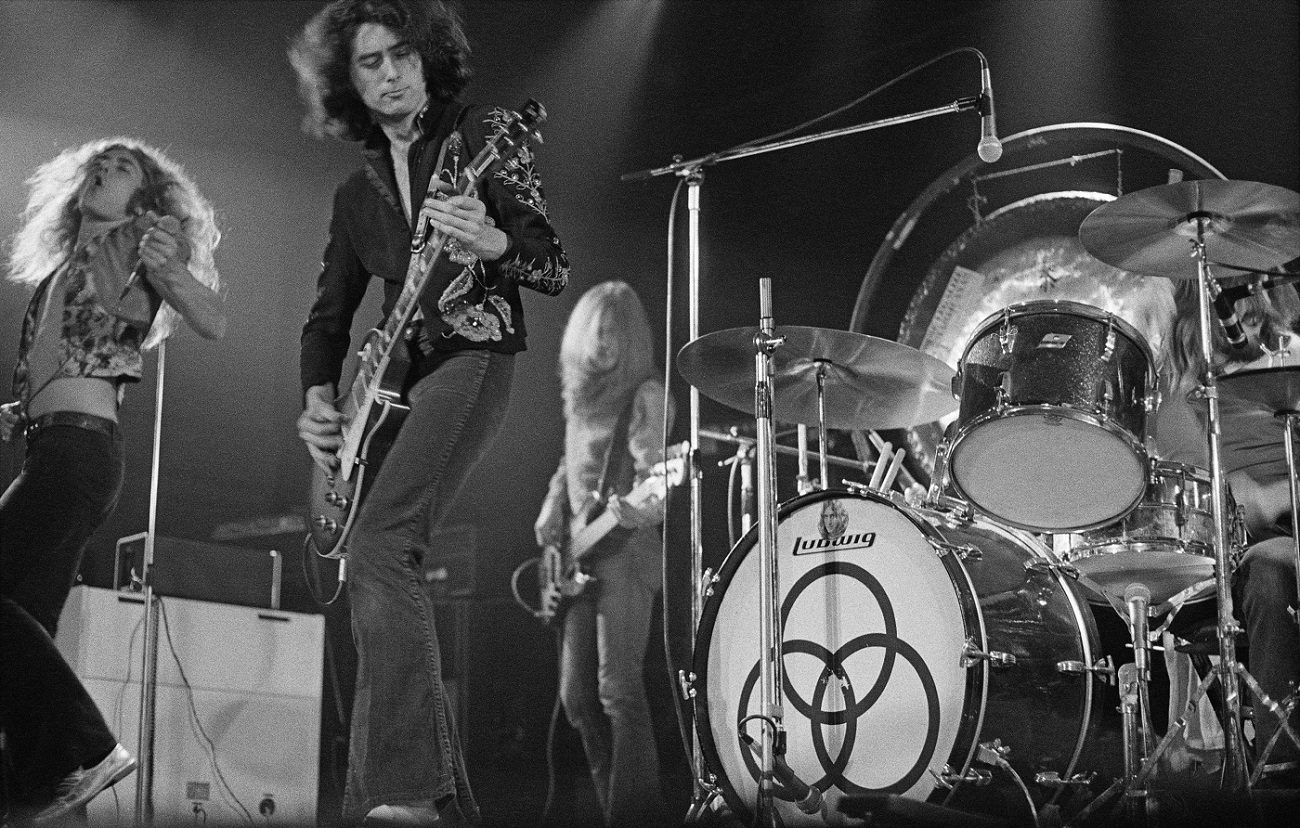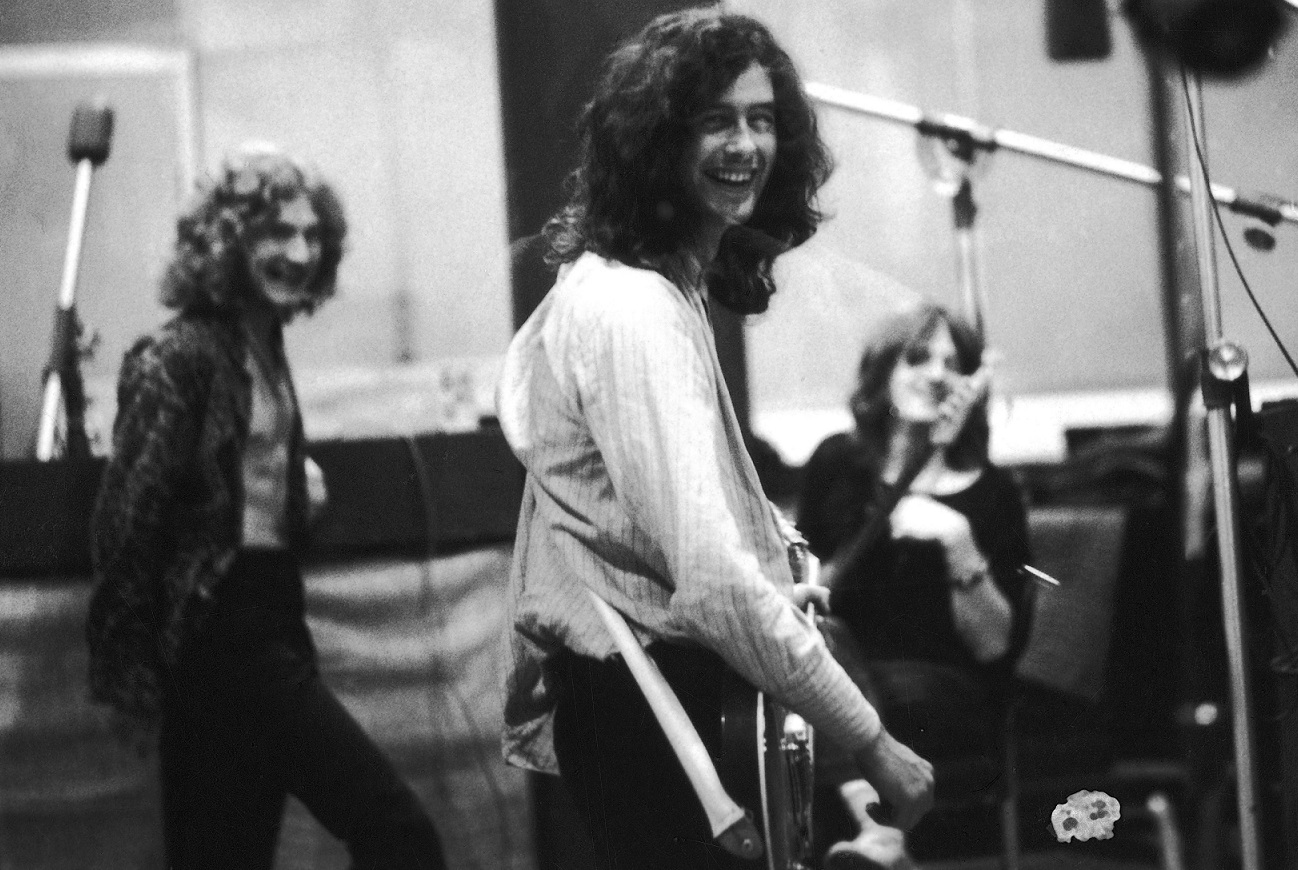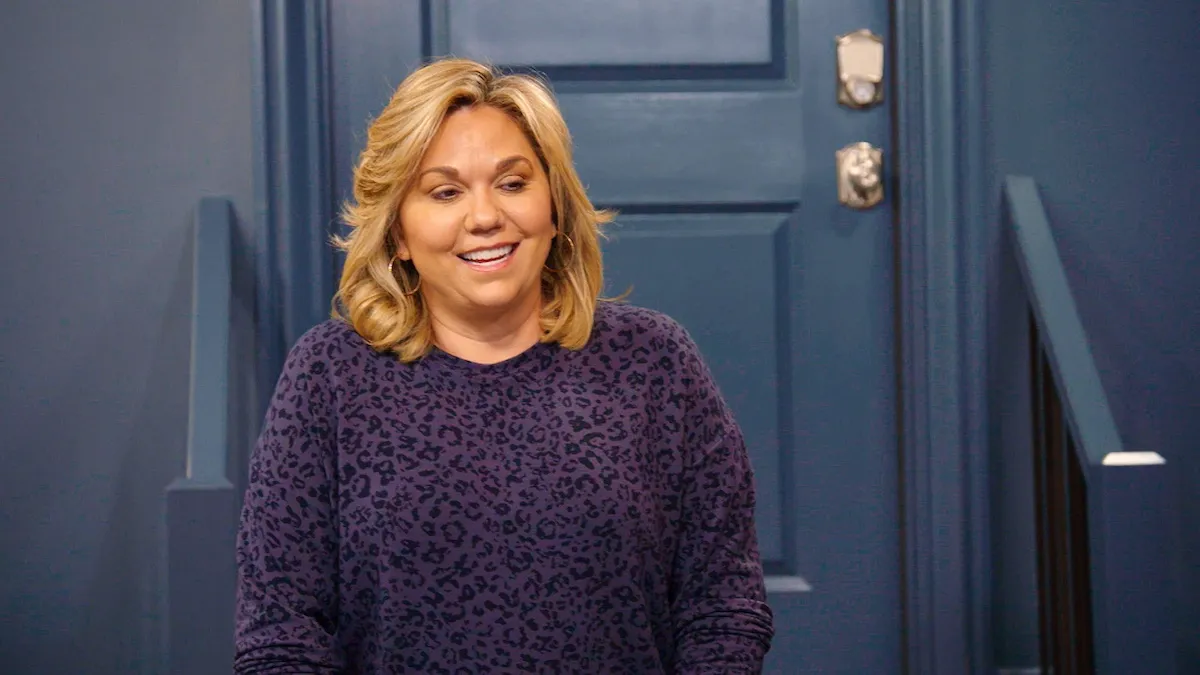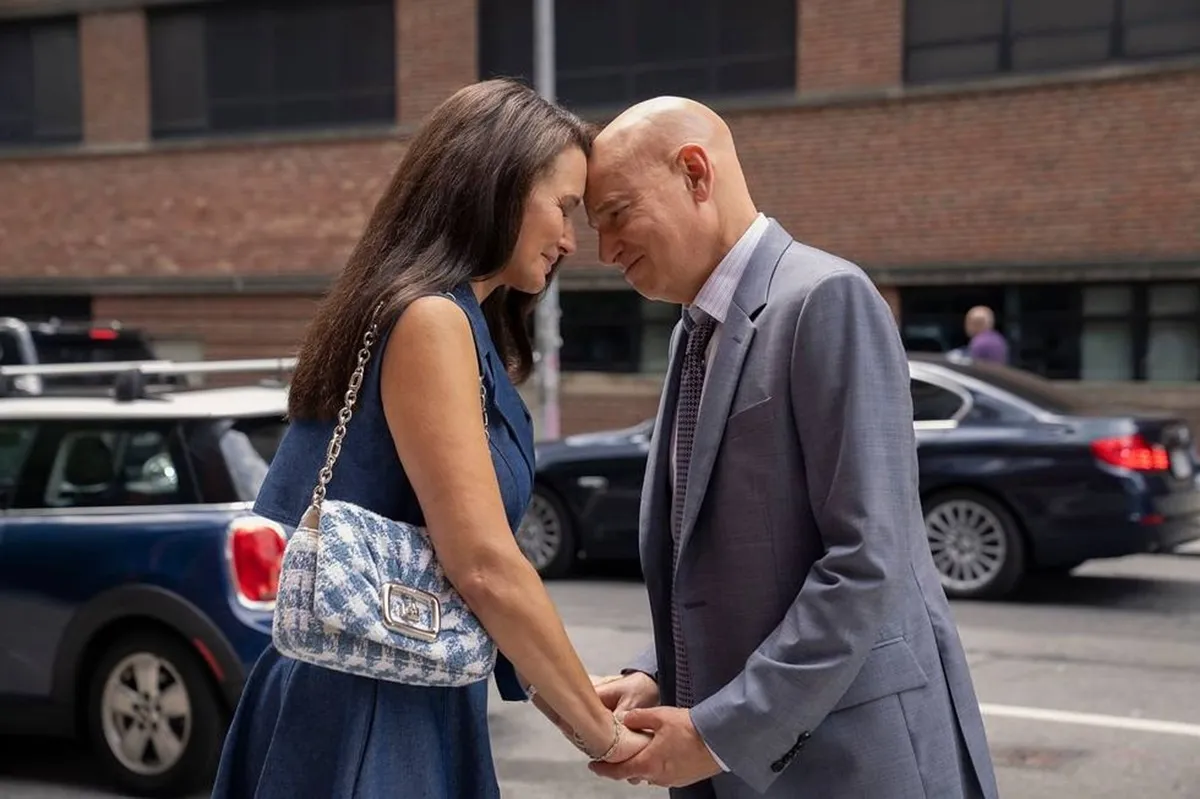Why Led Zeppelin Didn’t Release the Mighty ‘St. Tristan’s Sword’ on ‘Led Zeppelin III’
After Led Zeppelin had a No. 10 hit with its debut 1969 album, the band entered the music industry elite in style with its second LP. After all, nothing say you’ve arrived like knocking The Beatles off the No. 1 spot on the Billboard album chart.
Led Zeppelin II (1969) had it all for music fans. “Whole Lotta Love,” the album’s opening track, still stands as one of the great recordings in the hard-rock genre. And on “Ramble On” and “What Is and What Should Never Be,” Zeppelin showcased its “light and shade” approach at its best.
If Jimmy Page and his bandmates were the type that settled, they could have tried to duplicate that formula on Led Zeppelin III (1970). Instead, the group expanded its musical palette on tracks like “Celebration Day” and went with an entirely acoustic side 2.
In 2015, when Page released an outtake from the III sessions, it became clear that Zeppelin didn’t want of rocking material for the third album. But the band didn’t finish this long-unreleased track for the LP.
Led Zeppelin recorded the rocking ‘St. Tristan’s Sword’ during sessions for its 3rd album

Over the past three decades, Page undertook the job of remastering and re-releasing the full Led Zeppelin catalogue. When he did the first remasters and put out “Travelling Riverside Blues” in the ’90s, it became clear that were some gems in the vaults (in that case, the BBC’s).
But Page returned with another burner when he reissued Coda in 2015. On that release, he included “St. Tristan’s Sword,” a track Zep had worked on in July 1970. At the time, the band had already recorded most of Led Zeppelin III and were adding overdubs (guitar solos, etc.).
That same day, the band had put the finishing touches of “Gallows Pole.” On “St. Tristan’s Sword,” John Bonham takes a similar approach with his drum beat. At the same time, John Paul Jones lays down a solid bass groove.
When Page enters the mix, you hear the Zep power trio in full swing. The band takes a few turns through the opening figure before going off on some explorations in the form of Page guitar solos. It’s a great performance that goes on for over five minutes.
Led Zeppelin never finished ‘St. Tristan’s Sword’ and simply moved on

When looking back on the session that “St. Tristan’s Sword” emerged from, Page said the recording was basically status quo for the band in those days. “‘St. Tristan’s Sword’ is the sort of thing that we’d do when we were playing live,” he told Mojo in 2015.
“We’d be doing stuff like that, veering off into something and then come back (into the main part of the song). I’d had the riff and the changes to that and I thought, ‘Let’s just try it.'” Page said they only tried two takes of it and moved on.
The story of “St. Tristan’s Sword” basically ends there. Page and his bandmates didn’t look for ways to finish the track for III and didn’t revive it for a later album. It took another 45 years for the song to appear on the reissued album of extras that was Coda.


